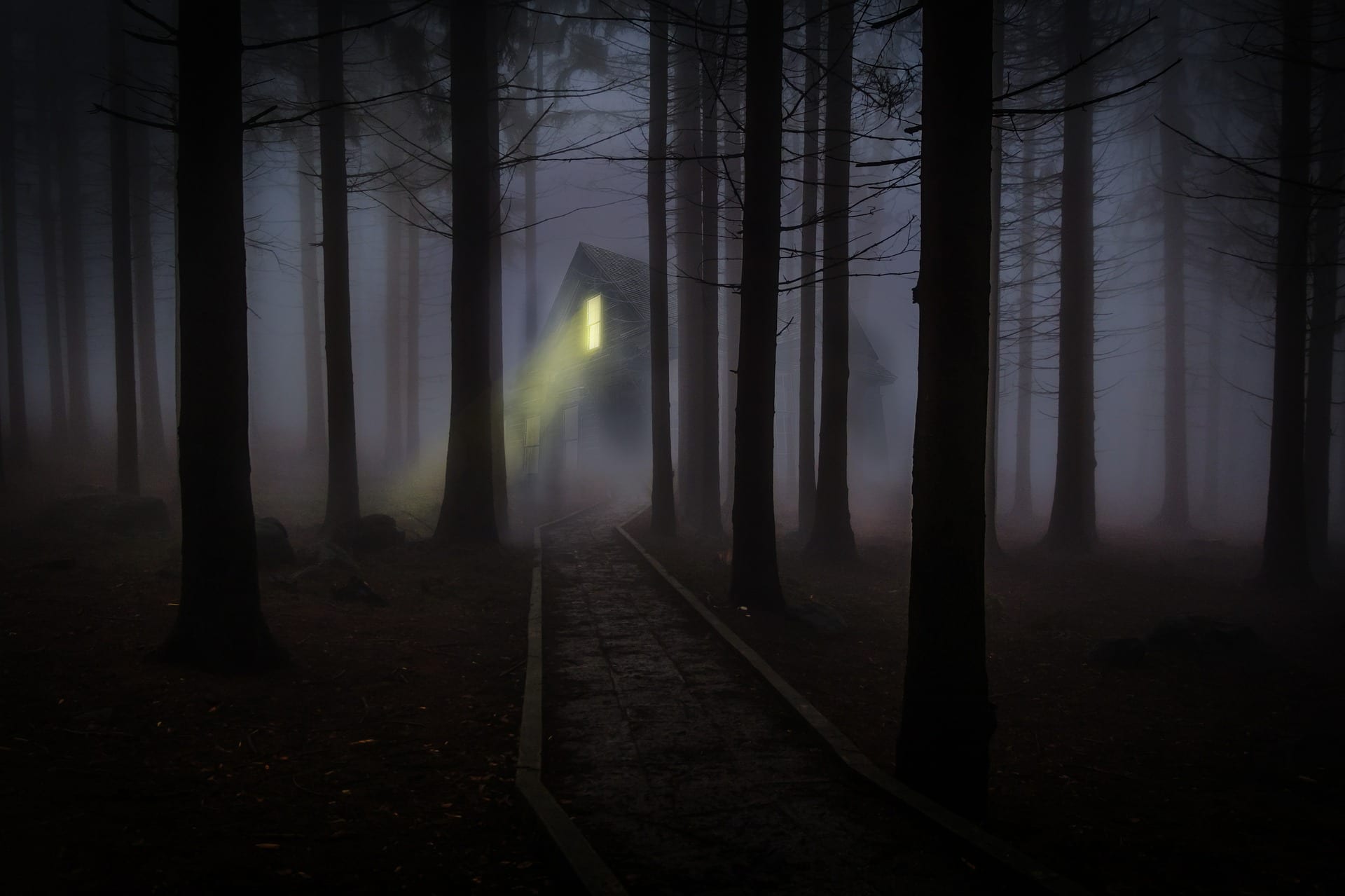If you are a fan of horror movies, you probably feel that in the past few years, this genre has become a little tired. Don’t get me wrong, even the worst horror movie will still scare me, but it’s hard not to notice that the studios are having a serious case of writer’s block. Haunted houses, zombies, killer clowns and slasher flicks of all kinds are the usual suspects when things go bump in the night. Ever so often, a movie comes out with a different plot line or movie monster, but not frequently enough. People can go to a movie theater and assume what or who the “bad thing” is prior to even reaching the climax of the film. Where’s the fun in that?
Not only is the bad guy predictable, but there are many other elements of the genre that are overplayed as well. The “scary music” and jump scares are expected. The purpose of eerie music and the overall ambiance of the film is to create suspense for the audience. The longer and more drawn out the suspense, the more fearful and anxious the audience will become, which is the whole point of the film, right? That is part of it, but people don’t go to the movies to just listen to music that will make them react; they want to see things that scare them too. A visual element is needed and a majority of films nowadays will slowly play up the music or intensity of the music without anything scary going on. It will still keep you on the edge of your seat, but you won’t understand why you’re scared.
Jump scares are one of the pinnacle parts of a scary movie. A jump scare is a way of taking the audience by surprise with a sudden, unexpected change in sound or imagery. This is an ingenious technique in horror films which is used to break the tension of the suspense provided by the creepy music. This tension-breaker usually gives audiences a little relief, but it’s usually a let down. Most jump scares of today don’t involve the big bad or scary thing of the movie; it’s usually just a character turning on the light to reveal nothing is there. This is pointless because once you release that tension that’s built up, you lose the scare of the “bad thing.”
Another way studios remove the scariness of horror movies is by revealing all the “exciting” moments in the trailers. While this tactic attracts audiences to see the movie, it’s dissatisfying when all the best moments have already been revealed. Poorly made trailers in the horror movie genre are the worst versions of spoilers. Trailers are supposed to entice you to see the movie, not give you all the major plot points. Now, when audiences go to the theater, they will feel disappointed because they don’t have anything to look forward to and they’ve seen everything already.
Horror, as a genre, is typically the most cost-effective option for large studios. These movies have low budget’s in comparison to their other genres of film and, on average, they rake in the majority of the box office profits for their studios. It’s not hard to understand that making films with similar components of successful ones is a smart move, but it can come at a great disadvantage for the audience members. When I already know what’s going to happen in the movie, I can expect when the jump scares are coming and it takes the fun out of the experience.
Watching a horror movie in the past was considered an exciting adventure and to find something that truly terrifies you, but by turning it into a money-hungry environment, following the same strict plotlines movie after movie, makes the whole experience a disappointment.


